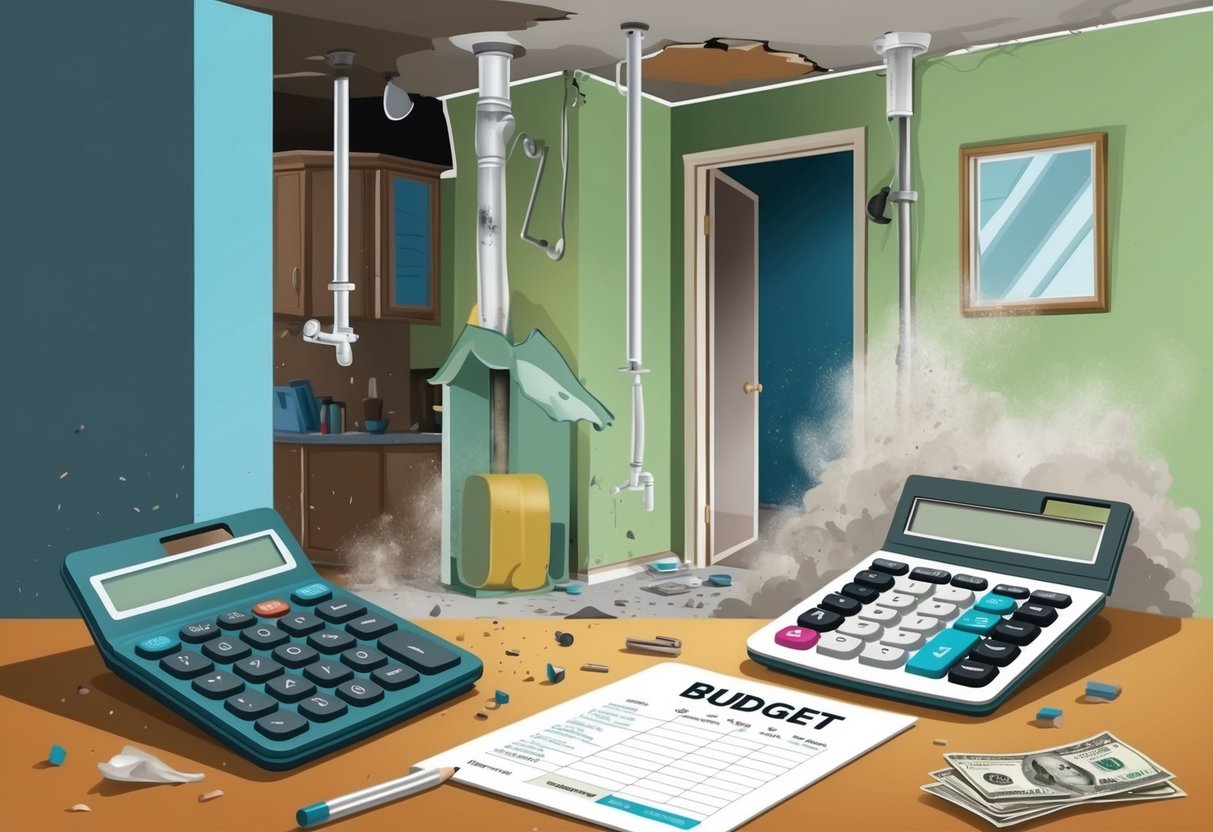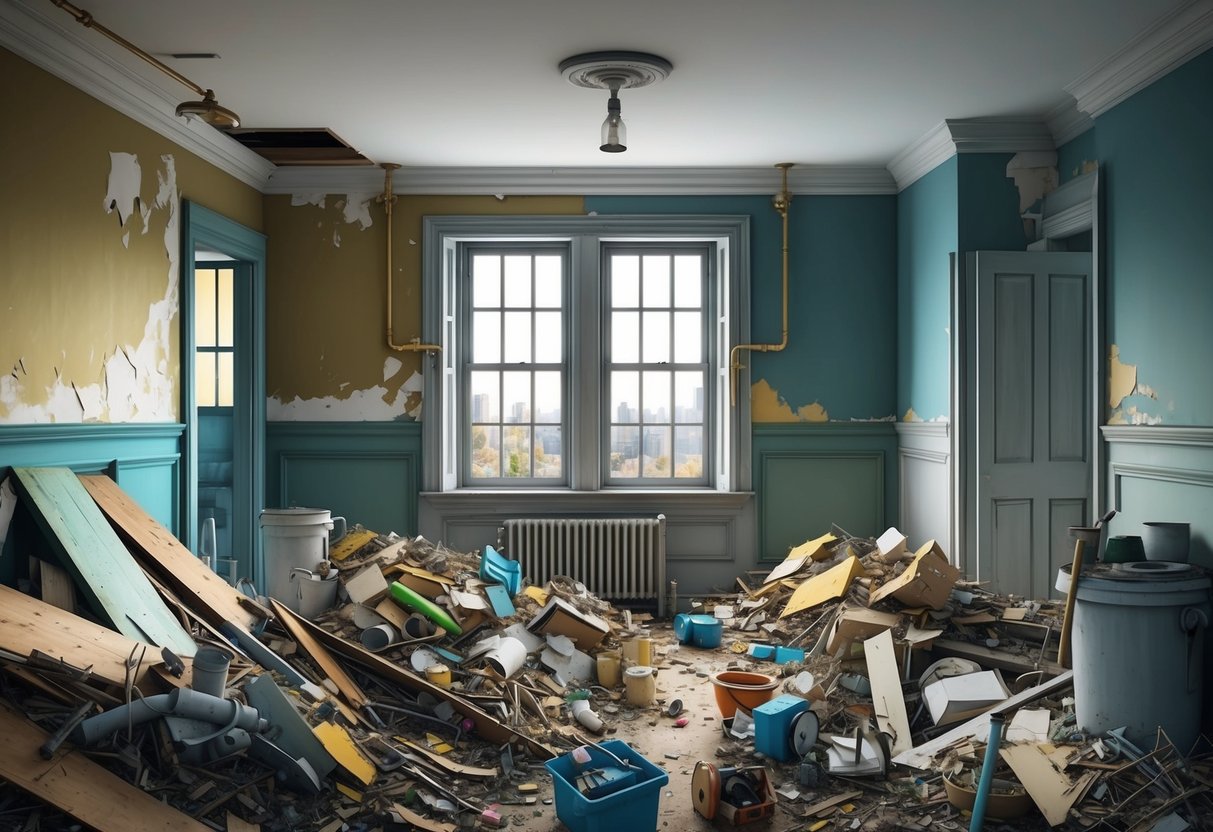
Maintenance and Upkeep After Renovation

After a home renovation, homeowners often overlook the ongoing responsibility to maintain new and upgraded features. Consistent attention to maintenance needs and energy-saving improvements safeguards long-term investment and reduces unexpected expenses.
Ongoing Maintenance Costs
Regular upkeep after remodeling is crucial to prevent small issues from turning into expensive repairs. New appliances, flooring, roofing, and upgraded finishes can require specific cleaning products and scheduled servicing, which add to monthly or yearly household expenses.
Routine tasks, such as checking HVAC filters, resealing grout, or inspecting plumbing, should be listed in a maintenance calendar. Budgeting for these costs is essential.
Industry experts frequently recommend setting aside 1% to 4% of the home’s value each year for general maintenance. This allocation helps cover both routine and surprise repairs, including appliance servicing, gutter cleaning, or patching minor exterior damage.
Planning ahead prevents financial strain and keeps all upgrades functioning as intended. For practical budgeting guidelines, homeowners can consult resources like the advice from Bob Vila on annual home maintenance budgeting.
Energy Efficiency Upgrades
Enhancing energy efficiency not only lowers utility bills but can also increase the comfort and value of a renovated home. Homeowners should consider upgrading insulation, installing smart thermostats, and using energy-efficient windows or appliances to maintain optimal performance.
These improvements may involve additional costs immediately after renovation, such as professional audits or new materials. Although these upgrades come with upfront expenses, they can yield substantial savings on heating, cooling, and electricity over time.
Replacing older systems with ENERGY STAR-rated appliances or adding LED lighting reduces long-term operational costs. Homeowners may also qualify for local rebates, tax credits, or incentives when making energy efficiency improvements.
Ongoing efforts ensure the home renovation delivers maximum value and sustainability for years to come.
Insurance and Liability Considerations
Homeowners often overlook important insurance and liability issues when planning home improvements. Failing to address coverage gaps leads to unexpected expenses if accidents or property damage occur during remodeling activities.
Updating Your Insurance Policy
Before remodeling starts, a homeowner should contact their insurance provider to review and update their homeowner’s policy. Most standard homeowner’s insurance does not automatically cover new structures or high-value improvements, which means additions like a remodeled kitchen or new bathroom may not be fully protected unless added to the policy.
It’s important to discuss the estimated value of new upgrades, such as custom cabinetry, rewired electrical systems, or energy-efficient HVAC installations. This ensures that the increased property value and new features are properly insured.
In some cases, a temporary increase in coverage may be needed to protect against construction risks, including fire, theft, or vandalism while work is underway. Homeowners should also verify if their policies cover increased liability exposure.
For example, if someone is injured on-site during renovation, medical and legal costs can be significant. In some regions, insurance providers may require formal documentation of renovations to update coverage limits accurately.
Reviewing insurance implications before starting renovations helps avoid costly gaps or denied claims.
Contractor Insurance Requirements
Before hiring a contractor, homeowners should confirm the contractor has both liability insurance and workers’ compensation coverage. Liability insurance addresses damages resulting from construction accidents, property damage, or unintended consequences caused by the contractor’s work.
Workers’ compensation protects the homeowner if a worker is injured while working on their property, preventing the homeowner from bearing the cost of medical care or lost wages. Requesting up-to-date certificates of insurance and confirming policy limits with the contractor’s insurer adds protection.
If a contractor lacks adequate insurance, the homeowner may become financially responsible for accidents or property damage. Reputable contractors will readily provide documentation of both liability and workers’ compensation insurance upon request.
In addition to insurance, it’s helpful to clarify contract language to confirm who is liable for on-site accidents and damage during the remodel. Failing to confirm these details can expose homeowners to significant liability during home improvements, leading to unplanned financial consequences.
Understanding Privacy, Cookies, and Data Usage

When using home improvement platforms, homeowners often encounter privacy notices and cookie consent banners. Knowing how these platforms collect, use, and protect personal data helps users make informed decisions and maintain control over their information.
Personal Data and Home Improvement Platforms
Home improvement websites routinely collect personal data, such as names, email addresses, search history, and IP addresses. This data helps tailor recommendations and content to the user’s needs, making it easier for homeowners to find relevant remodeling tips or connect with trusted contractors.
Geolocation data may be used to match users with local professionals or to improve service accuracy. Platforms like Yahoo and others might request further details for account creation or service personalization.
Transparent privacy policies should outline:
- What data is collected
- How it’s stored and shared
- User choices for data access and deletion
Users can manage exposure by reviewing their privacy settings or privacy dashboard, often accessible in account menus.